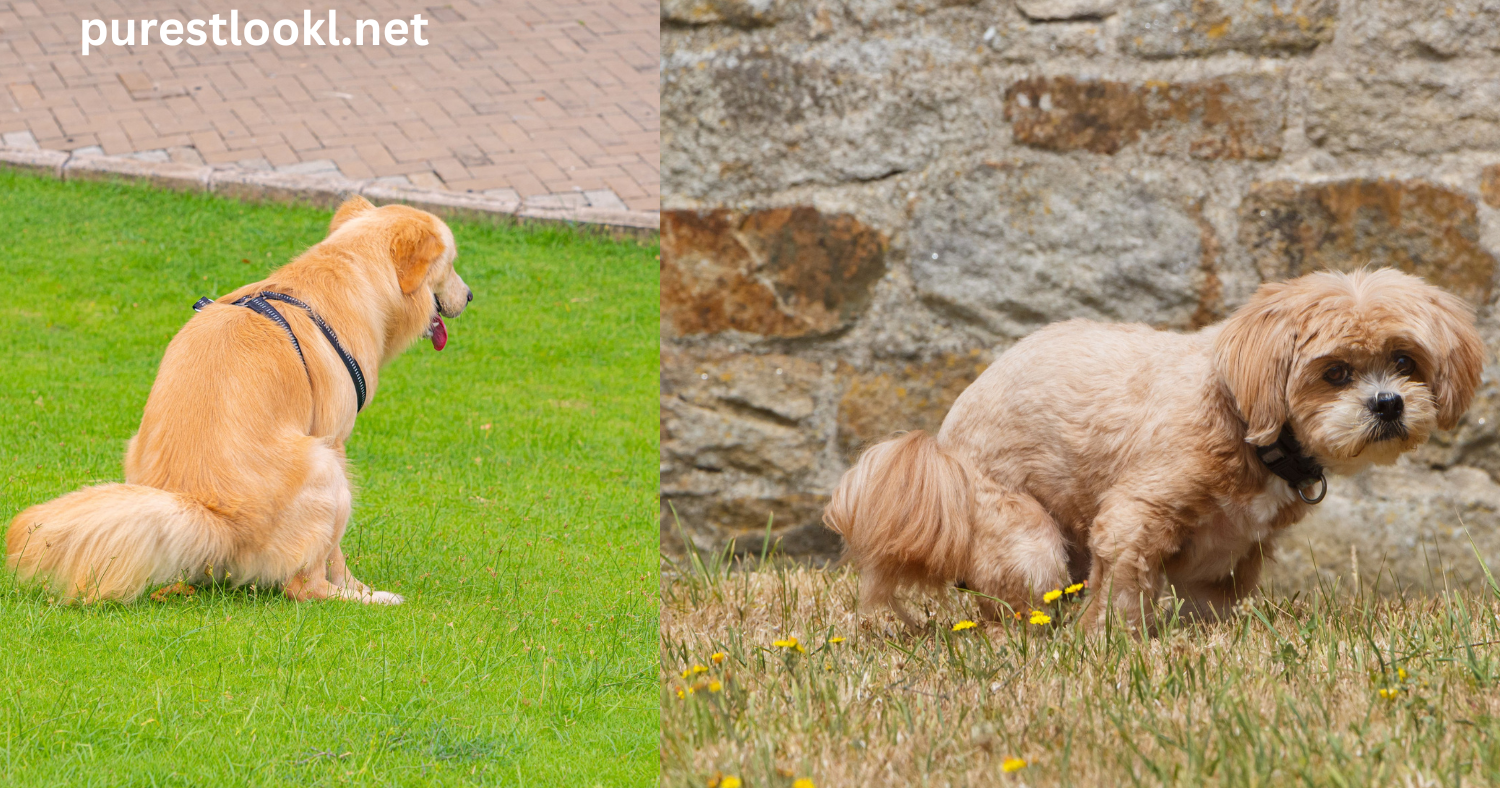Coyote poop, also known as scat, offers a fascinating glimpse into these wild animals’ habits, diets, and territories. Identifying coyote scat can be vital for hikers, campers, and wildlife enthusiasts to stay safe and informed while exploring the outdoors.
This article explores the characteristics of coyote poop, how it differs from other animal droppings, and why recognizing it is essential.
What Does Coyote Poop Look Like?
Coyote poop varies based on diet, season, and habitat. Here’s a detailed overview:
Characteristics of Coyote Poop
- Size: Typically 3 to 5 inches long and about 1 inch thick.
- Shape: Cylindrical with tapered ends, resembling twisted rope.
- Texture: Can be smooth or contain visible undigested materials.
- Color: Ranges from dark brown to black, depending on recent meals.
Factors Affecting Its Appearance
- Diet: Meat-heavy diets produce dark, smooth scat. Plant-based meals result in lighter, rougher textures.
- Season: Scat may contain more fur in winter and seeds in summer.
How to Identify Coyote Poop in the Wild
To differentiate coyote poop from other animal droppings, keep these points in mind:
Comparison Table: Coyote Poop vs. Other Animal Scat
| Feature | Coyote Poop | Dog Poop | Fox Poop | Wolf Poop |
|---|---|---|---|---|
| Size | 3-5 inches long | 2-4 inches long | Smaller, thinner | Larger, thicker |
| Shape | Cylindrical, tapered | Rounded, blunt ends | Twisted, small | Cylindrical, larger |
| Contents | Fur, seeds, bones | Uniform kibble waste | Small bones, seeds | Fur, bones |
| Color | Dark brown, black | Brown | Light brown | Dark brown, black |
Signs of Coyote Activity
Recognizing coyote scat isn’t the only clue. Look for these additional signs:
- Tracks: Coyotes leave prints with distinct claw marks.
- Territory Marking: Scat is often found on trails or raised surfaces.
- Sounds: Coyotes communicate through howls and yips, especially at night.
Why Understanding Coyote Scat Matters
- Safety: Identifying scat helps determine if coyotes frequent an area.
- Wildlife Tracking: It reveals insights into their diet and behavior.
- Preventing Encounters: Knowing their presence allows for better precautions.
Tips for Safe Observation
- Use gloves when examining scat.
- Maintain a safe distance from known coyote habitats.
- Report sightings in areas with frequent human activity.
Conclusion
Understanding what coyote poop looks like is essential for outdoor safety and wildlife appreciation. With its distinct characteristics, coyote scat can provide valuable information about these animals’ diets and territories. By recognizing and interpreting these signs, you can enhance your outdoor experiences while staying informed and safe.
FAQ
What does fresh coyote poop look like?
Fresh coyote poop appears moist and dark, with a distinct odor. It may contain fur or seeds if recently eaten.
How can I tell coyote scat from dog poop?
Coyote scat is more tapered and often contains undigested materials like fur or seeds, unlike uniform dog waste.
Where is coyote scat usually found?
Coyote scat is often located on trails, open paths, or raised surfaces as part of their territorial marking.
Can coyote poop carry diseases?
Yes, coyote poop can carry parasites like tapeworms. Avoid direct contact and wash your hands after handling.
Why is there fur in coyote poop?
Coyotes eat small animals, and the fur often remains undigested, appearing in their scat.
